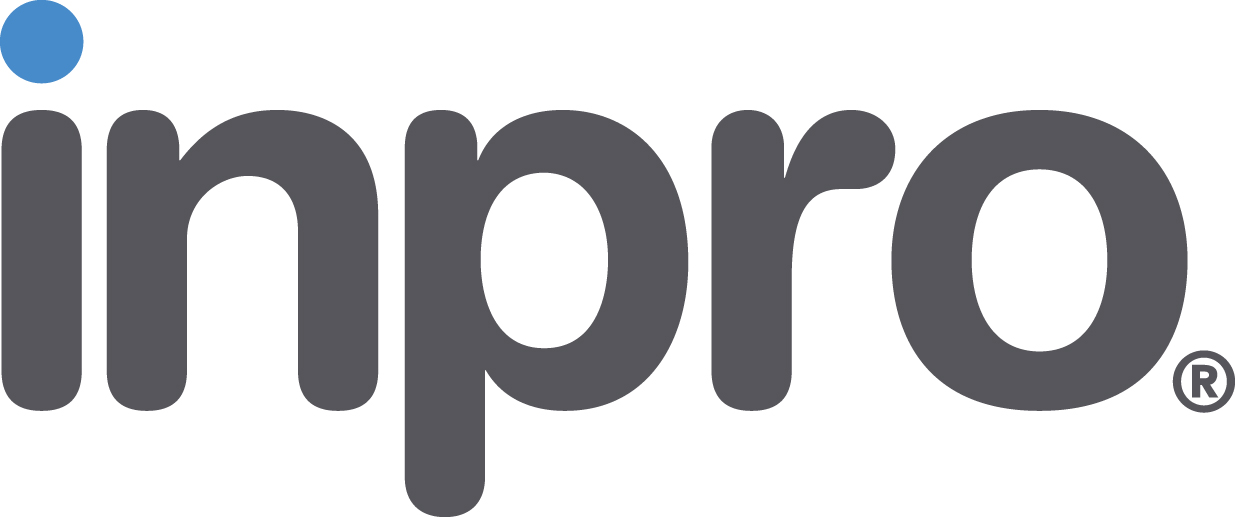Common Expansion Joint Field Problems
Learning Objectives:
- Examine common floor joint oversights regarding blockouts, concentrated loads, and coverplate specification.
- Discover the types of interior wall expansion joint systems, and how to accommodate obstructions, changes in direction, and functional requirements.
- Examine and compare building envelope joints and recognize the importance of proper detailing for transitions.
- Identify the types of expansion joint fire barriers and the dangers to life safety when seams and intersections installations are not assembled to specifications.
Credits:
This course is approved as a Structured Course
This course can be self-reported to the AANB, as per their CE Guidelines
Approved for structured learning
Approved for Core Learning
This course can be self-reported to the NLAA
Course may qualify for Learning Hours with NWTAA
Course eligible for OAA Learning Hours
This course is approved as a core course
This course can be self-reported for Learning Units to the Architectural Institute of British Columbia
In this course we will discuss how to anticipate many of the most common, reoccurring problems we witness revolving around expansion joint choices and their implementation. Our hope is these lessons help you head off issues as you detail your project and perform your site walks.
You may say - “proper installation and quality control is the Contractor’s responsibility”, which is true. But given the range of duties these hard-working passive building devices undergo, it truly takes all parties to ensure they are specified correctly, are well understood, and achieve the proper functionality and longevity expected. That process all starts with the product choices you detail.
We will review common pitfalls for interior and exterior applications with regard to drawing coordination, substrate preparation, fire protection details, and waterproofing steps in order to maximize product lifespan.

Photo courtesy of Inpro Corporation

|
Matthew Fisher, LEED-AP, CDT is the Senior Product Manager for the Expansion Joint Systems division at Inpro®. He has 22 years of experience in architecture, construction management, and building materials management. Trained and serving six years in practice as an architect, Matthew knows the design process and the importance of design intent. His seven years in construction management gave him a depth of expertise and understanding of the rigors and pressures of building projects on time and on budget. For the last six years, he has been the expansion joint systems product manager at Inpro, and enjoys the ability to continue his learning by working with architects and contractors in the field. Matthew holds a Bachelor of Arts in Architecture from the University of Wisconsin-Milwaukee. He is certified as a LEED Accredited Professional, and also holds the Construction Document Technologist credential. |













